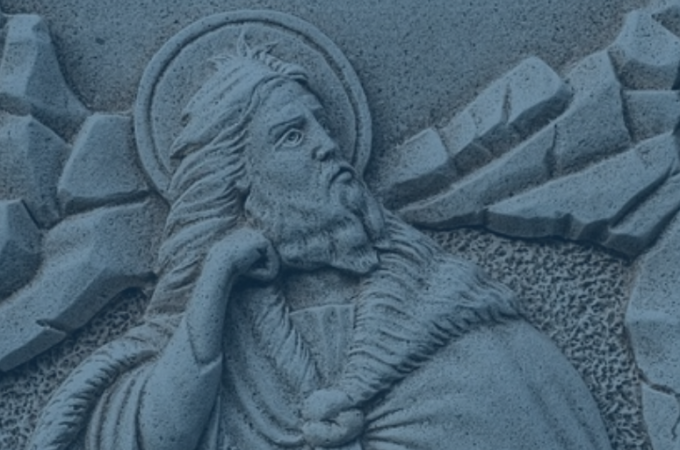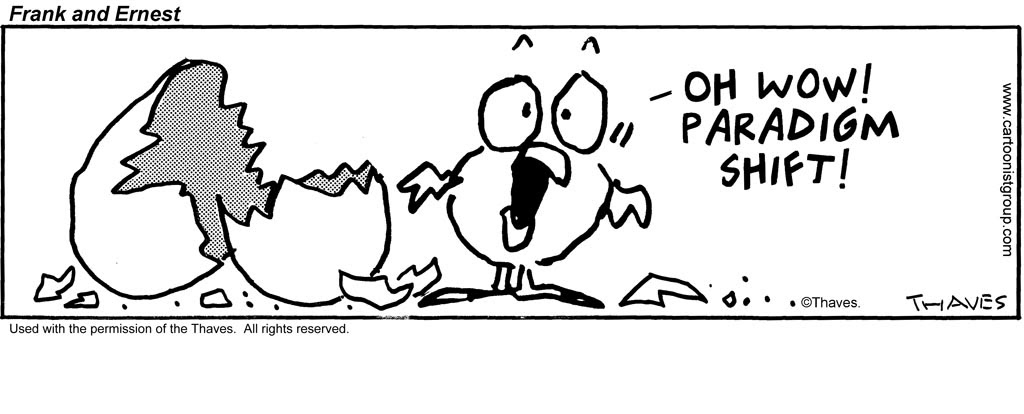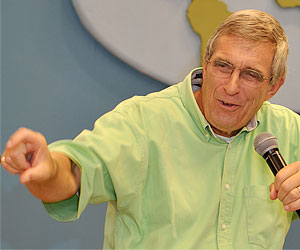Richard Weaver famously said, “Ideas have consequences.” They also have antecedents. In this post, we’ll look at the genesis of the ideas behind the toxic new religion (TNR hereafter) which is assaulting Western civilization. Who were its prophets, and what drove them?
Arguably the most influential prophets—the great philosophers whose creative thinking gave birth to the TNR—were Karl Marx and Antonio Gramsci. Both were from Europe (today’s Germany and Italy). Both were outspoken atheists, and highly critical of Christianity.
Two Streams of Western Civilization
To understand these men, you have to understand the ideological and cultural climate that shaped them. They were products of Western civilization, but by their day, the West had largely divided into two ideological “streams.” One was defined by atheism, while the other continued to value the Judeo-Christian beliefs that helped to shape the West for more than millennium.
Continuing with the metaphor, the history of Western civilization can be thought of as a river fed by three main ideological streams: Greek, Roman, and Judeo-Christian. These streams merged in the waning days of the Roman Empire to give rise to what we think of today as “Western civilization.” With the fall of the Roman Empire, the Judeo-Christian stream become dominant and remained that way through much of the Middle Ages.
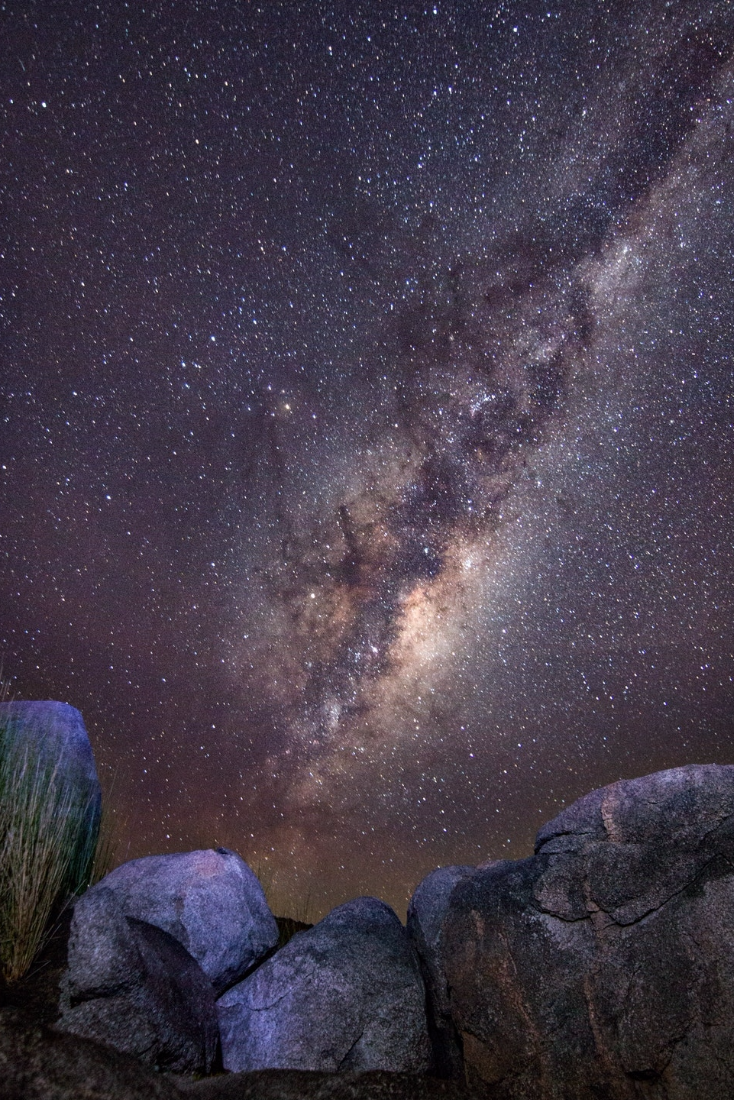 However, this more-or-less unified river divided into two separate streams in the 15th century. This was a period that historians refer to as “The Age of Enlightenment,” a time when modern science began to blossom, leading to a significant cultural upheaval. The scientific method was an outgrowth of Judeo-Christian doctrines about the nature of God, creation and humanity. A personal, rational and purposeful Creator God exists. He created an orderly and beautiful universe that functions according to laws He imposed. He made man (male and female) in His image as a free, personal, rational, and creative (yet fallen) being. Man has a mandate from God to rule over creation and cause it to flourish—to unlock its mysteries, and innovate for the good of others. What we understand today as “modern science” would not have come about apart from these basic worldview assumptions.
However, this more-or-less unified river divided into two separate streams in the 15th century. This was a period that historians refer to as “The Age of Enlightenment,” a time when modern science began to blossom, leading to a significant cultural upheaval. The scientific method was an outgrowth of Judeo-Christian doctrines about the nature of God, creation and humanity. A personal, rational and purposeful Creator God exists. He created an orderly and beautiful universe that functions according to laws He imposed. He made man (male and female) in His image as a free, personal, rational, and creative (yet fallen) being. Man has a mandate from God to rule over creation and cause it to flourish—to unlock its mysteries, and innovate for the good of others. What we understand today as “modern science” would not have come about apart from these basic worldview assumptions.
Yet as the scientific enterprise progressed with increasing speed, great mysteries of the natural world were revealed, one by one. With this, an ancient pride began to grow in the heart of many Enlightenment thought leaders. “Through science and human reason alone we can know everything! We no longer need to appeal to a supernatural realm—to God, angels or demons to explain the workings of the universe, as people did in the ‘Dark Ages.’ Now, we are enlightened! We are like God ourselves, knowing all things!”
A divide in Western Civilization
At the same time, the Reformation produced tremendous cultural upheaval, dividing the church, and ushering in a period of bloody warfare between Catholics and Protestants. This hostility, combined with clerical abuses of political power, led many to grow disillusioned with Christianity, and eventually to abandon it altogether.
A wholly atheistic and materialistic worldview emerged out of this upheaval. Its influence grew quickly. The great stream of Western Civilization began to divide, and that divide continues to the present. One stream is defined by atheism, a rejection of the Judeo-Christian contribution to Western Civilization. The other stream is defined by a commitment to conserve the Judeo-Christian roots of Western Civilization. Granted, the reality isn’t as simple as this. Many prominent Western intellectuals stand somewhere between these two streams, but this was more the case in the 1700s, during the heyday of Deism. Starting in the early 1800s, these streams became quite distinct, with little overlap.
The atheistic stream gained significant momentum in the 17th century, fueled by the explanatory power of Charles Darwin’s (1809-1882) theory of evolution. Paradoxically, it was this atheistic stream that strategically associated itself with science and reason, disparaging those in the other stream as irrational supernaturalists—believers in ghosts and fairies. This powerful narrative continues to hold sway among thought leaders to this day. I say paradoxically, because as was already pointed out, science was the fruit of Judeo-Christian beliefs. A wholly materialistic worldview—a universe merely of matter in motion—could never produce anything like the scientific method. It has no basis for an orderly universe, natural laws, or why humans transcend nature in their ability to observe, reason, discover, create, and predict natural phenomena with amazing accuracy through the language of mathematics.
Two revolutions
You can see the influence of the two streams clearly in the most consequential revolutions of the 1700s, the one that happened in America, and the other in France.
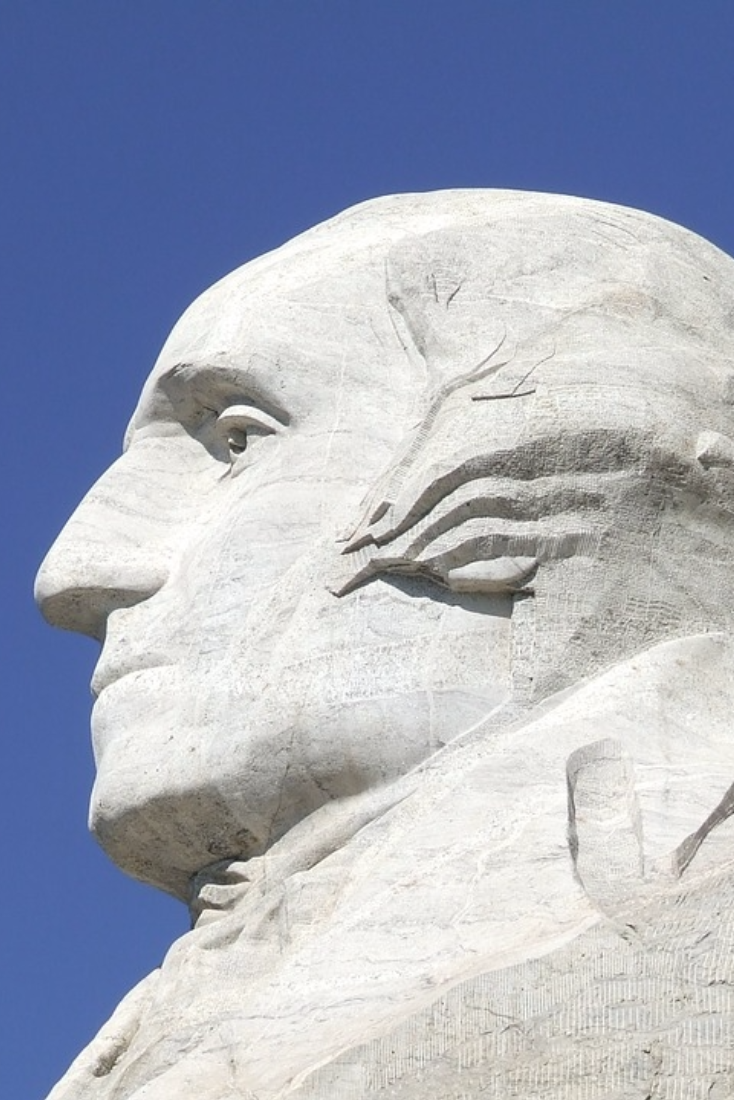 The American revolutionaries of 1776, whether Christians (like George Washington and John Adams), or Deists (like Benjamin Franklin and Thomas Jefferson), valued Christian belief and spoke openly and eloquently about how the doctrines of the Christian faith were necessary for the American experiment in ordered liberty and self-government to succeed.
The American revolutionaries of 1776, whether Christians (like George Washington and John Adams), or Deists (like Benjamin Franklin and Thomas Jefferson), valued Christian belief and spoke openly and eloquently about how the doctrines of the Christian faith were necessary for the American experiment in ordered liberty and self-government to succeed.
For America’s Founding Fathers, Christianity was seen as a prerequisite for a free people, but belief in God must never be compelled or coerced by the state—it must be chosen freely. This too rests on ancient Christian doctrines involving the nature of God and His relationship to human beings. It gave rise not only to religious liberty, but to all the other freedoms we often take for granted. Apart from Christianity, there is no ground for individual human freedom or human rights. You are left with a system where the strong rule the weak, and might makes right.
That is what the French revolutionaries of 1789 ultimately discovered. Unlike the American Revolution, the French Revolution was the product of the atheistic stream of Western thought. Its leaders largely rejected God. They wanted to overthrow not only the monarchy, but also established church leadership. They wanted to form a man-centered, humanistic society based on “the goddess of reason.”
Ideas have consequences. The French revolution devolved into bloodshed and tyranny. It established the pattern for the equally bloody Russian Revolution, which itself devolved into the atheistic and tyrannical communist system in the former USSR, Maoist China, Pol Pot’s Cambodia, and many other places around the globe.
The American Revolution, however, produced a nation, that, while far from perfect, became uniquely free and prosperous, providing a model for freedom and self-government around the world.
A simple lesson can be drawn from this. When the Judeo-Christian roots of Western civilization are rejected, the result will inevitably be a loss of human freedom, tyranny, and bloodshed. This is a lesson we urgently need to heed in our time.
- Scott Allen
… to be continued

